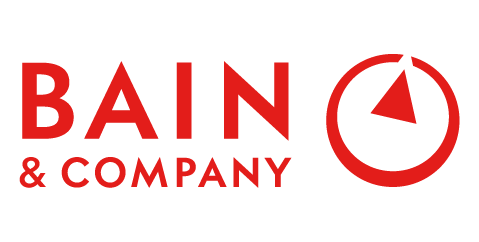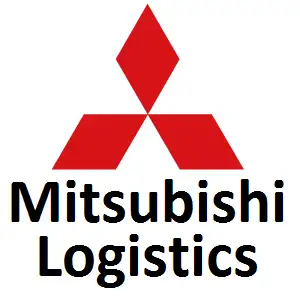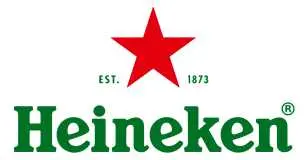
Egg Yolk Oil Market Share, Demand, Trends, Revenue, CAGR Status, Business Challenges, Opportunities and Competitive Analysis 2025-2034: SPER Market Research
Category :
Food & Beverages
Published: Jan-2025
Author: SPER Analysis Team
Egg Yolk Oil Market Share, Demand, Trends, Revenue, CAGR Status, Business Challenges, Opportunities and Competitive Analysis 2025-2034: SPER Market Research
Global Egg Yolk Oil Market is projected to be worth 533.81 million by 2034 and is anticipated to surge at a CAGR of 5.59%.
Egg oil is derived from chicken egg yolks. It is largely composed of triglycerides, with traces of cholesterol, lecithin, and xanthophyll’s such as zeaxanthin, lutein, and immunoglobulin’s added for good measure. Egg yolk oil, a type of essential oil, is a popular aromatherapy product due to its anti-aging and antioxidant properties. Sulfur, an essential component of hair, is one of the important elements in egg yolk. Sulfur is present in 164.5 milligrams (mg) per 100 grams (g) of egg yolk. The protein in egg yolks is one of the most significant components because it is both healthy and promotes shine. Because the yolk is high in fat, it can make hair more pliable. The fat content of an egg yolk is 26.54 grams.
Market Drivers: Consistent expansion in the personal care and cosmetics industries supports the increasing market for egg yolk oil (EYO), which has bioactive qualities that match customers' growing need for natural and sustainable ingredients. The market need for novel and bioactive egg yolk oil, which is appreciated for its antioxidant and anti-inflammatory characteristics, has resulted in it becoming a popular ingredient in personal care products. The egg yolk oil market has tremendous potential in the nutraceuticals industry due to its high bioactive content in antioxidants, essential fatty acids, and vitamins A, D, and E. Consumerism for natural health and wellness solutions presents a new opportunity as customers increasingly turn to functional foods and supplements.
Request For Free Sample Report @ https://www.sperresearch.com/report-store/egg-yolk-oil-market.aspx?sample=1
Challenges: One of the biggest obstacles to egg yolk oil's market expansion is low consumer awareness, particularly in developing nations where the product's uses and benefits are not widely recognized. The majority of people are unaware of its possible uses in pharmaceuticals, cosmetics, and nutraceuticals, despite the fact that it has been demonstrated to have bioactive benefits like anti-inflammatory and antioxidant qualities. Additionally, this ignorance limits demand and discourages producers from spending money on marketing or mass production. Its popularity is further hampered by misconceptions regarding animal-based goods and their connection to ethical or dietary limitations. In the absence of focused education or branding initiatives to convey its advantages for health and wellness, egg yolk oil runs the risk of becoming a niche product rather than becoming widely used.
Market Trends: Hair loss is a widespread health issue that affects people from all walks of life. Hair loss, which can lead to baldness, is becoming a serious concern for men, prompting an increase in the usage of hair loss treatments. Furthermore, the prohibitively expensive cost of scientific hair loss treatments has shifted people's focus to natural hair care methods such as applying egg yolk oil to improve scalp health. With the increasing prevalence of hair loss around the world, there is a growing demand for egg yolk oil to treat hair loss. Because of its high cholesterol content, egg yolk oil is easily absorbed into the epidermis, allowing for effective hair treatment. Egg yolk oil preserves and stabilizes the epidermis, allowing it to organically regenerate and heal itself.
Global Egg Yolk Oil Market Key Players:
Bizen Chemical Co., Ltd., BOC Sciences, Ecovatec Solutions Inc., Hunan Health-Guard Bio-Tech Inc., Kewpie Corporation, Natural Sourcing LLC, Parchem ,PERSSEH Company ,Tedukuri Shizenshoku Tomonokai , Vav Life Sciences and Others
For More Information about this Report @ https://www.sperresearch.com/report-store/egg-yolk-oil-market.aspx
Global Egg Yolk Oil Market Segmentation:
By Application: Based on the Application, Global Egg Yolk Oil Market is segmented as; Personal Care & Cosmetics, Pharmaceuticals, Nutraceuticals and Others.
By Extraction Method: Based on the Extraction Method, Global Egg Yolk Oil Market is segmented as; Ethanol Extraction, Petroleum Ether Extraction, Chloroform Extraction and Others.
By Region: This research also includes data for North America, Asia-Pacific, Latin America, Middle East & Africa and Europe.
This study also encompasses various drivers and restraining factors of this market for the forecast period. Various growth opportunities are also discussed in the report.
Would you like to view the sample pages?
Get Sample PagesExplore Related Reports
Domains Served
Our Global Clients
Our data-driven insights have influenced the strategy of 200+ reputed companies across the globe.




































